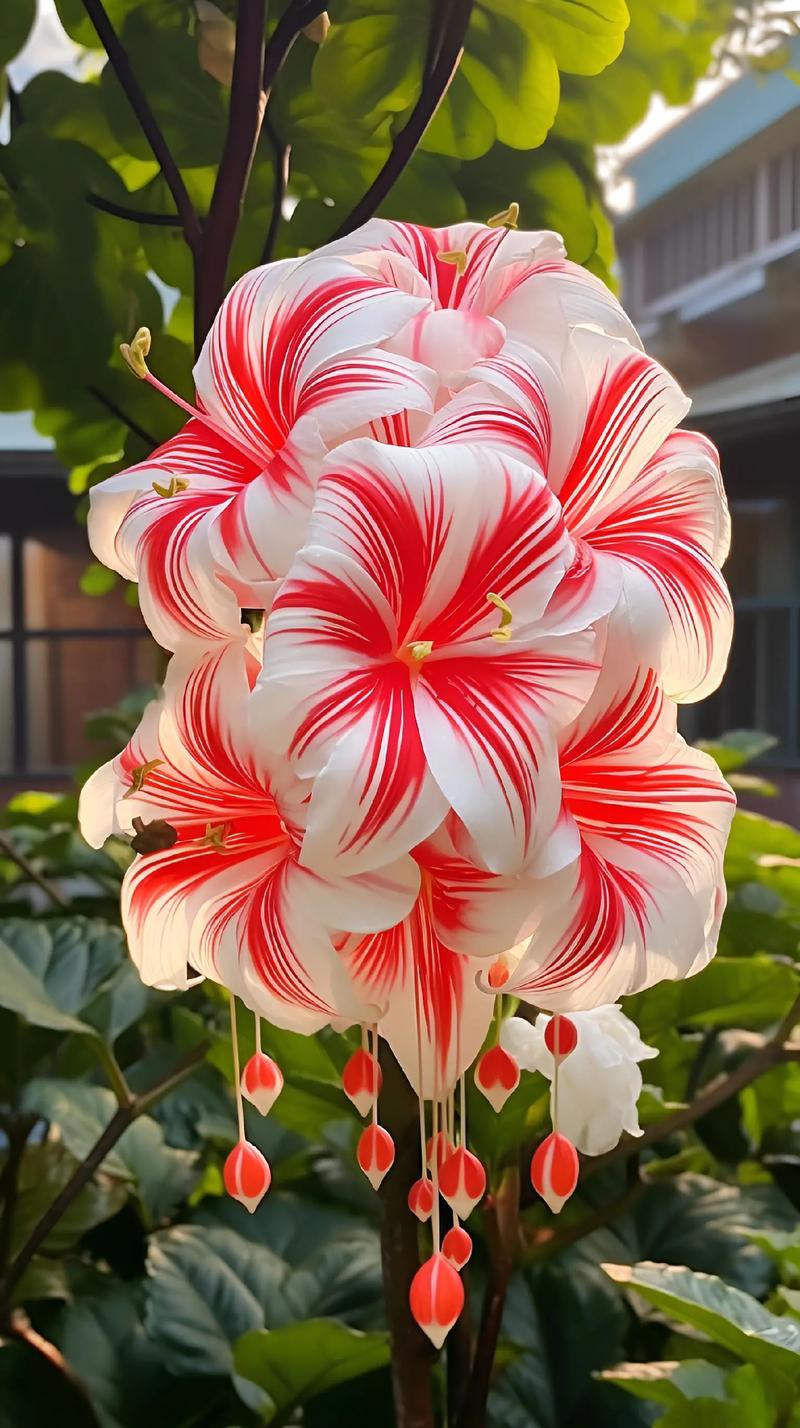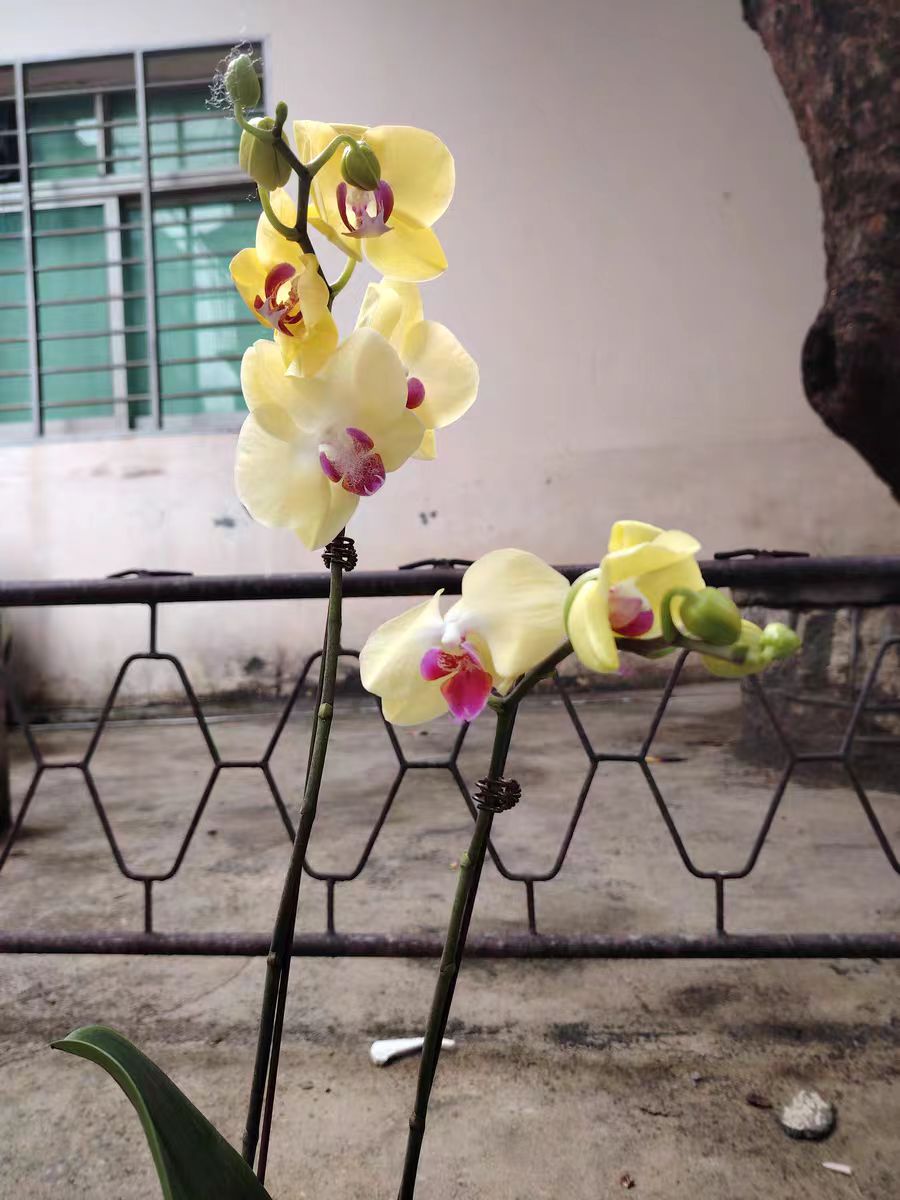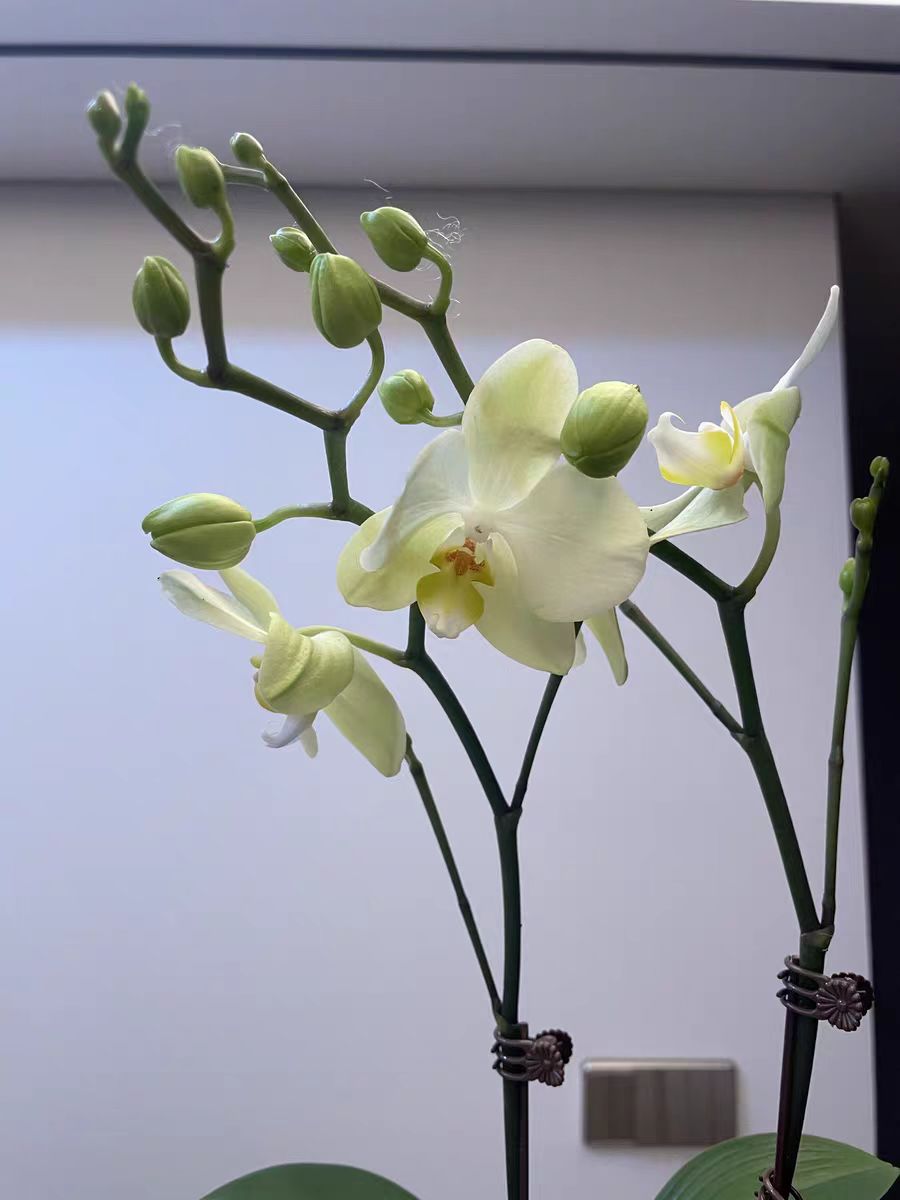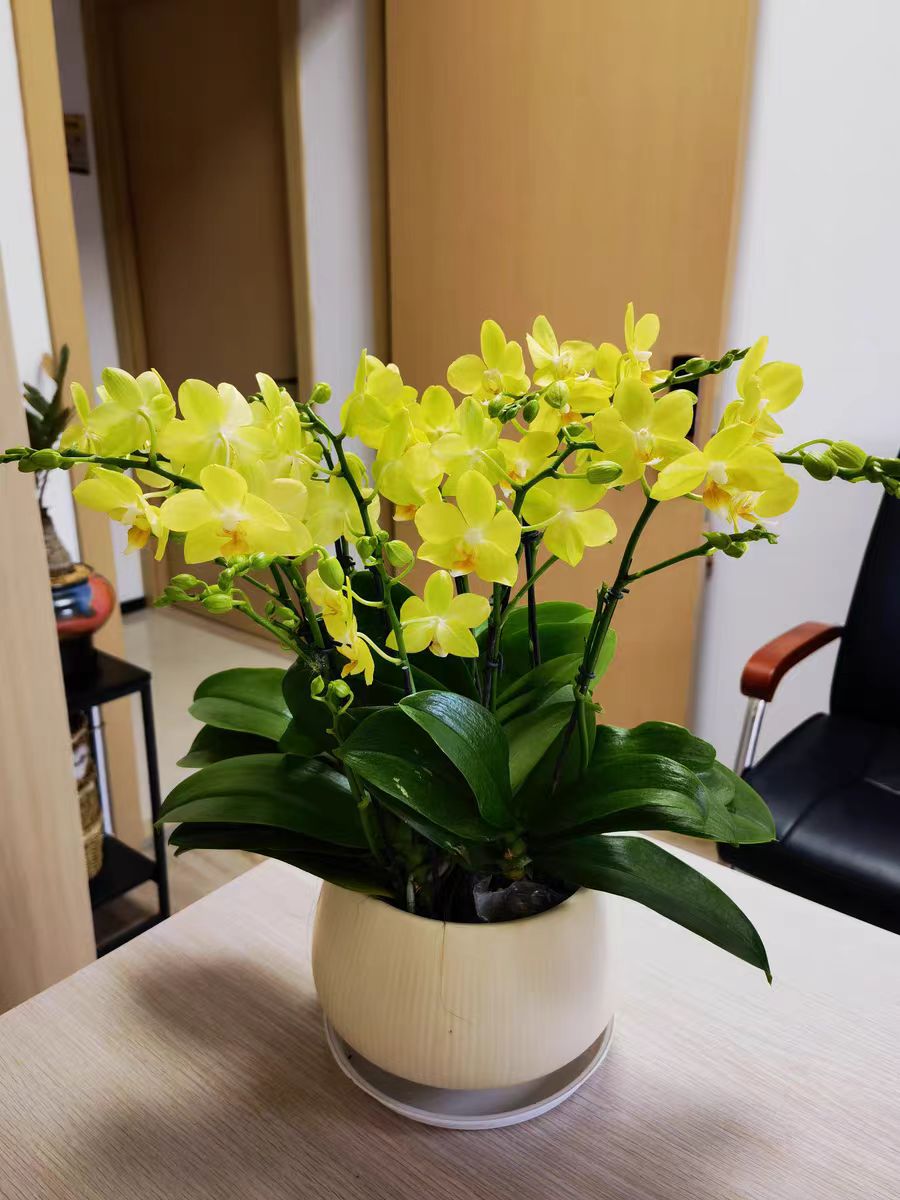Amaryllis vittata, with the scientific name Hippeastrum rutilum, belongs to the genus Hippeastrum of the Amaryllidaceae family and is a perennial herbaceous plant. With its magnificent and splendid flowers and unique morphological characteristics, it holds a significant position in the field of flowers.
The appearance of Amaryllis vittata is highly attractive. Its plant shape is upright, with slender and emerald green leaves, resemblingcarefully crafted long swords, neatly arranged on both sides of the plant, highlighting an elegant symmetrical beauty. Undoubtedly, the flower is the core of the charm of Amaryllis vittata. The flowers are large and plump, with thick and lustrous petal texture, usually presenting bright colors such as passionate red, charming pink, pure white, etc. Occasionally, there are bicolor or multicolor varieties, with rich and diverse color combinations, bringing a strong visual impact.
The flower shape of Amaryllis vittata is elegant and unique. The petals are densely arranged in layers, resemblingelaborately crafted artworks. The flowers are usually trumpet-shaped or funnel-shaped, with slender and elongated stamens. The golden color of the stamens contrasts beautifully with the bright colors of the petals, further enhancing the delicacy and magnificence of the flowers.
It should be noted that the bulbs of Amaryllis vittata contain alkaloids such as lycorine and narcissine, which are somewhat toxic. If accidentally ingested, it may cause poisoning symptoms such as vomiting and diarrhea.
However, under normal circumstances, normal viewing and contact do not pose harm to the human body. As long as the bulbs are not ingested by mistake, it is relatively safe to cultivate Amaryllis vittata at home.
The flowering period of Amaryllis vittata is not long, usually in summer and winter, and it blooms once a year. However, if properly cared for, it may have the possibility of blooming twice a year. Its flowering period is influenced by various factors, including varieties, cultivation environment, and cultivation methods.
The maintenance after the blooming of Amaryllis vittata is crucial. The specific methods are as follows:
1. When pruning the remaining flowers, it is necessary to be timely and cautious. While cutting off the remaining flowers, be careful to retain the flower stems and leaves because the nutrients in the flower stems can flow back to the bulbs.
2. Reduce the frequency of watering. After blooming, keep the soil slightly moist to prevent bulb rot caused by water accumulation.
3. Apply an appropriate amount of fertilizer, supplement with thin compound fertilizer to promote the recovery and growth of the bulbs.
4. The light management should be proper. Provide sufficient scattered light but avoid direct strong light.
5. Control the temperature within the appropriate range, and a temperature between 18 - 25 degrees Celsius is ideal.
6. Pay attention to the maintenance of the bulbs after flowering to enable the bulbs to accumulate sufficient nutrients and fully prepare for the next flowering.
How to maintain and manage Amaryllis vittata after it blooms?

Share with
Tagged in :




Leave a Reply